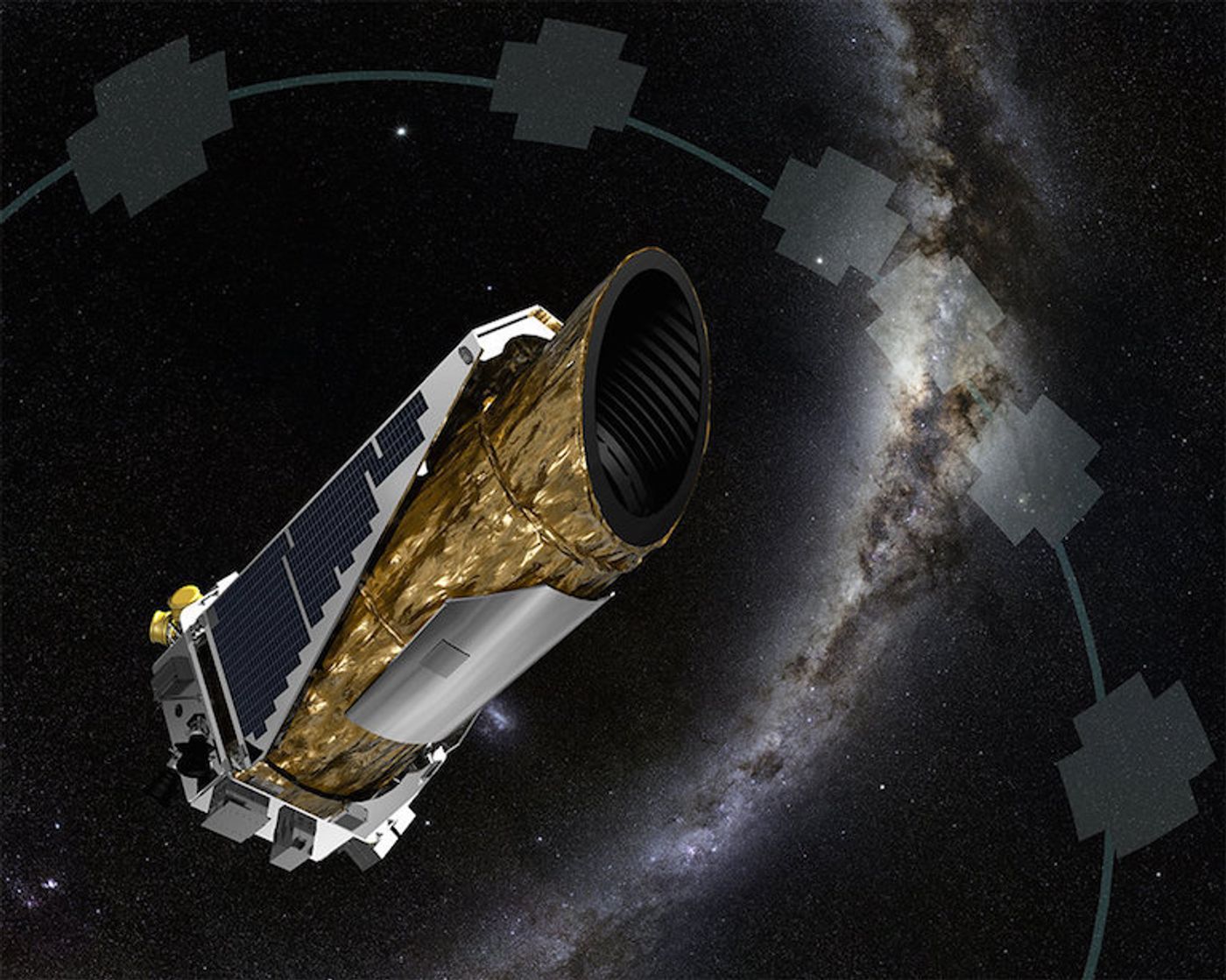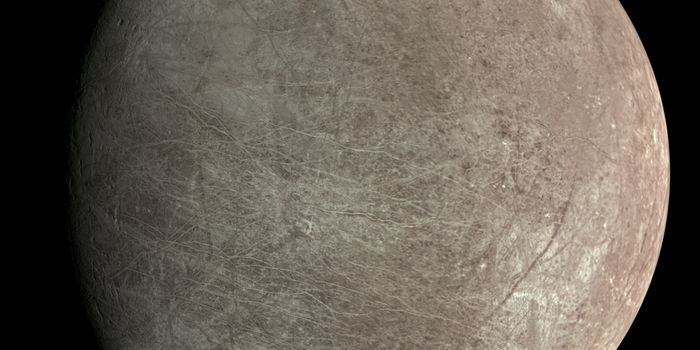NASA Officially Retires the Kepler Space Telescope
For more than nine-and-a-half years, NASA’s Kepler Space Telescope helped curious astronomers on their quest to identify distant worlds. These words, not from our solar system, are known to science as exoplanets, and they’ve been of particular interest because astronomers are trying to answer the universal question: “Are we alone out there?”
Image Credit: NASA
The Kepler Space Telescope has been running dangerously low on fuel for quite some time, and according to an unfortunate statement from NASA Tuesday afternoon, the Kepler Space Telescope is officially out of fuel and unable to continue scientific operations.
Given the circumstances, NASA ordered the Kepler Space Telescope to shut down on Tuesday, a decision that will silence the legendary spacecraft forever. Still, Kepler’s legacy lives on; it helped astronomers discover and study more than 530,000 distant stars and more than 2,600 distant exoplanets.
Related: NASA's Hubble Space Telescope is back up and running following gyroscope issue
"As NASA's first planet-hunting mission, Kepler has wildly exceeded all our expectations and paved the way for our exploration and search for life in the solar system and beyond," said Thomas Zurbuchen, the associate administrator of NASA's Science Mission Directorate.
"Not only did it show us how many planets could be out there, it sparked an entirely new and robust field of research that has taken the science community by storm. Its discoveries have shed a new light on our place in the universe, and illuminated the tantalizing mysteries and possibilities among the stars.”
Related: First images from NASA's TESS mission have started rolling in
NASA didn’t know of a single exoplanet before the Kepler Space Telescope launched. It exploited a bleeding-edge exoplanetary detection technique in which astronomers studied distant stars and looked for dips in starlight that signal exoplanetary transit events – this is when the exoplanet blocks part of the star’s light from reaching the Kepler Space Telescope, hence it appears dimmer for a brief period.
Kepler’s discoveries signaled astronomers to peer deeper with the Hubble Space Telescope for answers, and because of this, we have been able to probe distant worlds to discern whether they’re gassy Jupiter-like exoplanets or rocky Earth-like exoplanets. Perhaps someday in the future, astronomers will do the same with the upcoming James Webb Space Telescope.
Related: NASA fixes a coincidental gyroscope glitch in the Chandra Space Observatory
Although the Kepler Space Telescope is going into permanent retirement, NASA says it will keep the spacecraft in its current orbit as a relic that will remind humankind of a successful era in space exploration. Astronomers will unquestionably continue studying Kepler’s data with the hope that we might still learn something new from its previous observations.
NASA’s brand-new Transiting Exoplanet Survey Satellite (TESS), launched earlier this year, is poised to pick up where Kepler left off. Scientific observations just recently kicked off, so perhaps we’ll find more exoplanets after all. Still, it’s sad to see Kepler kick the bucket.
Source: NASA









